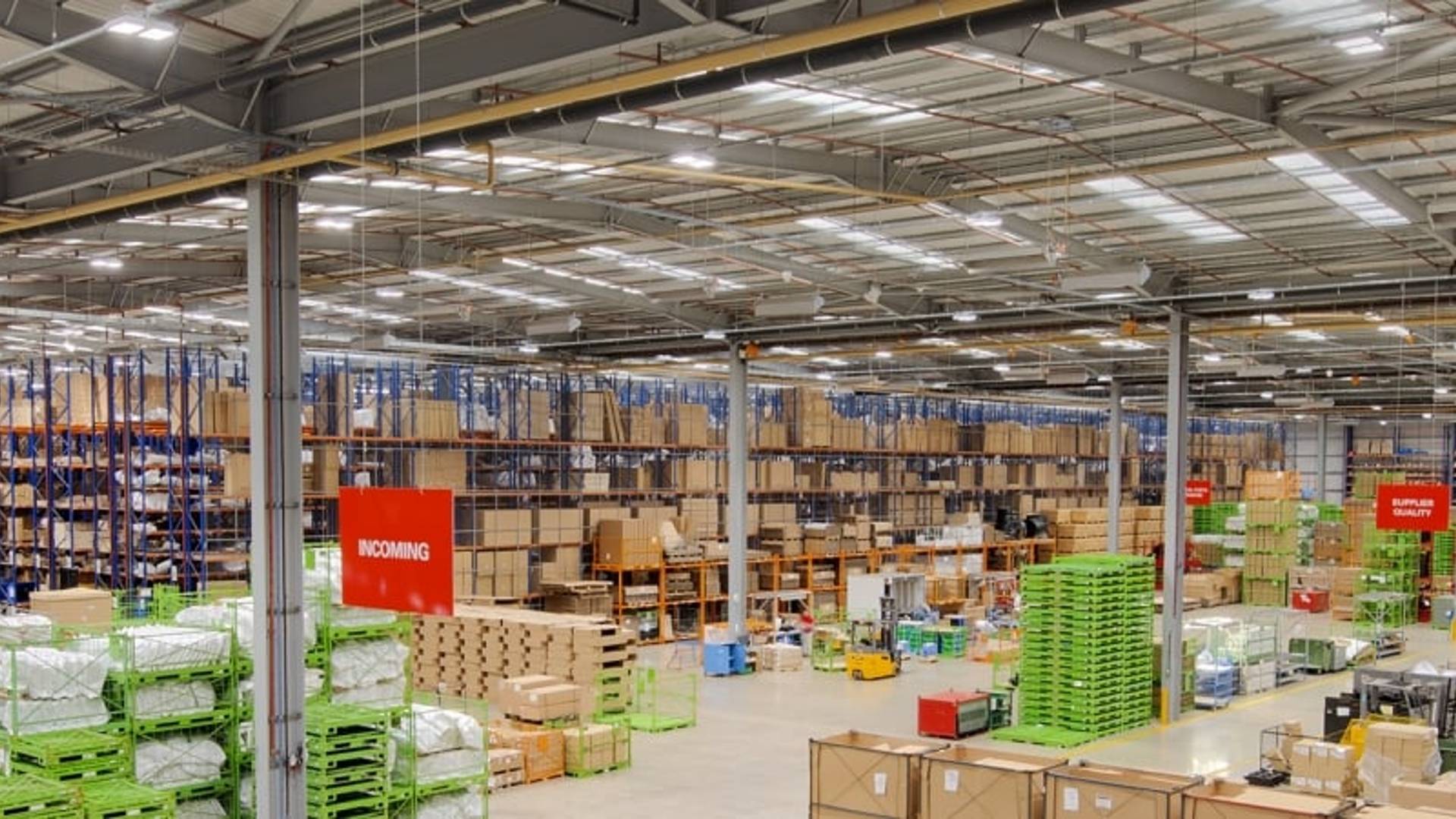Can lighting support sustainability?

Recent findings by global design and architecture firm Gensler highlighted the dramatic impact of the built environment sector on the climate, with existing buildings and new construction projects accounting for 40% of man-made greenhouse gas emissions and 50% of energy use globally.
If this does not sufficiently underline the need for sustainable developments, then consider the fact that the population is set to rise to 10 billion by 2050 at the same time as an ever-greater percentage of people opt to live in cities. Developing and maintaining efficient buildings is going to be fundamental to meeting the many challenges that lie ahead.
With the latest LED lighting systems, it is possible to achieve reductions in energy consumption of up to 60% compared to legacy technologies, increasing by a further 30% if the new system encompasses lighting controls.
The need for replacements with LED lighting is also greatly reduced, with lifecycles of c 50,000 hours contributing to the undeniable impression that LED is – by its very nature – a sustainability-conducive technology.
But as an advocate for the circular economy in construction – whereby everything is engineered to be constantly reused or recycled – we are also focused on what happens to lighting when it does reach the end of its operational life.
To this end Tamlite working in partnership with its sister company the Electrical Waste Recycling Group (EWRG), have worked on a series of major projects over the last few years, including our refit of ASDA stores across the UK.

.jpg)
